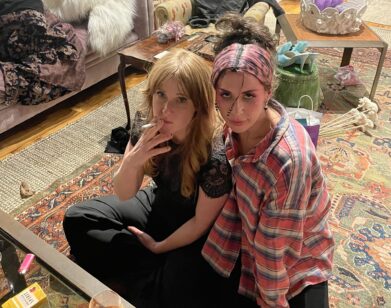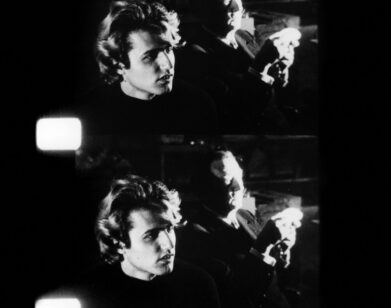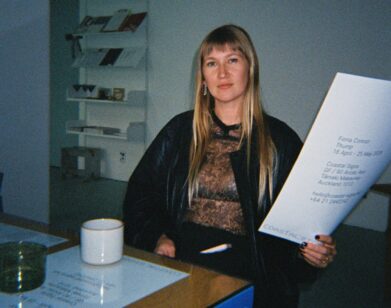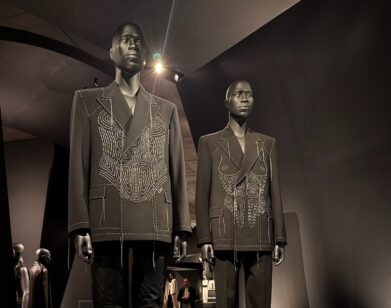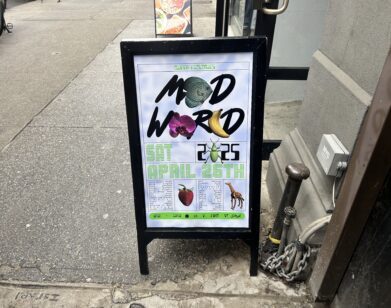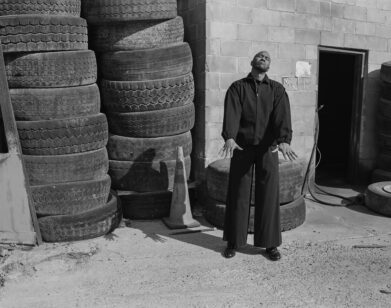Child’s Play: Nir Hod in New York
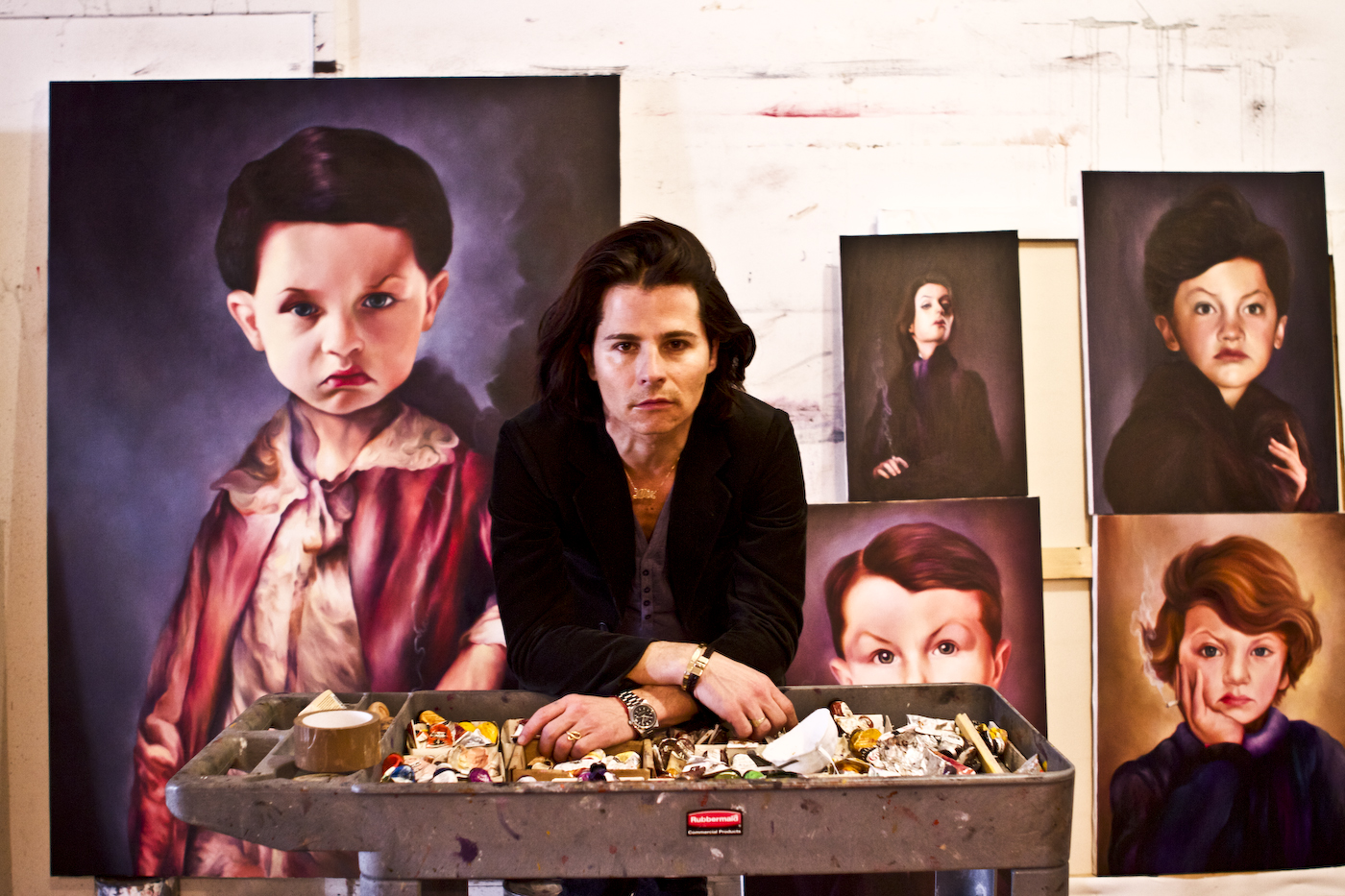
PHOTO BY MATT CREED
“This is the first time I’ve considered myself a painter,” says Israeli-born, New York-based artist Nir Hod, leaning against the kitchen counter in his Meatpacking District studio. “Before, I always considered myself a storyteller or image producer, never a painter. Painting for me was just important as an idea, just fantasy.” The figures that pushed him toward an identity as a painter are a fantasical group of depraved children, the stars of “Genius,” a parlor’s worth of quasi-absurdist portraits of Masters-of-the-Universe-in-training [opens May 19 at Paul Kasmin Gallery in New York].
Through a half-dozen solo shows internationally, Hod’s paintings have involved youth-inspired, hyper-real takes on louche narcissism, be they lines of cocaine, Warholian flowers, provocatively sexual naked women, or self-portraits exploring androgyny or simply Hod riding his bike around the neighborhood. After studying at Jerusalem’s Bezalel Academy and New York’s Cooper Union, Hod first rose to prominence in 1997 as the author of a book of poems and photos, Forever, which became a cult sensation among Israeli teenagers. Three years later he released a pop album, Last Letters to Anna, based on his poetry. Simultaneously he was photographing himself in a series of dark, alterately occult and camp staged images—as a witch, a mime, or a bare-chested female soldier. There we see the artist formulating his ideas about sexual confusion, mistaken identity, death of innocence (and innocents) and excess.
The first “genius” was born three years ago, when Hod painted a portrait of a bobble-headed, black-turtlenecked grade-schooler—cigarette in hand, faintly smirking—as part of an installation, “Nova 7,” at Alon Segev Gallery in Tel Aviv. There, Hod meticulously replicated the effect of the office of a gray-market money-changer with Sheetrock, “really bad Croatian furniture that could give you cancer just from the feeling of it,” and this painting, which he called Genius. The gallery sold the painting, which he bought back and subsequently hung in his studio.

